 The holidays are upon us and for the past few days I’ve been immersed in cooking and entertaining. There is nothing better than celebrating with family and friends! 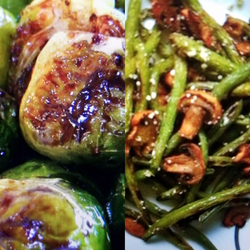 I’m trying to keep the meals as healthy as possible this season while adding a little twist here and there to vegetable side dishes. The roasted brussel sprouts with glazed balsamic vinegar and honey along with fresh green beans tossed with sautéed mushrooms, olive oil, pepper, salt and freshly squeezed lemon were a big hit at a recent gathering. With a few guests under the age of thirty, but over 21, I opened a few “friendly” wines that weren’t too big but went well with the meal and seemed to please all. 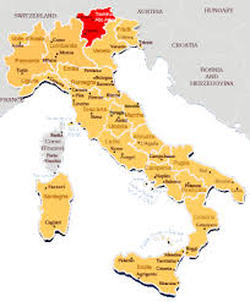 One of the wines that I served was a Pinot Noir Rolhüt 2015 Peter Zemmer from the Alto Adige – South Tyrol region of northern Italy. Although this region is ski country, it enjoys 300+ days of sunshine a year, with temperatures averaging 64 degrees during growing season. A perfect balance of warm days and cool nights sets the stage for producing aromatic wines with expressive character.  Peter Zemmer Photo courtesy of peterzemmer.com Peter Zemmer Photo courtesy of peterzemmer.com Peter Zemmer Winery is a third generation wine making family that was founded by Peter’s grandfather in 1928 and is one of the oldest wineries of the Alto Adige region. The vineyards and winery are in the middle of the valley floor located in the tiny village of Cortina. Peter Zemmer’s belief in organic farming and sustainability reflect in his high quality wines. 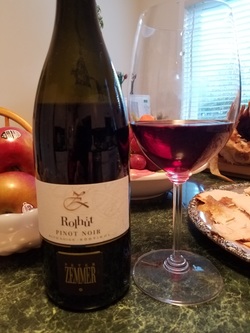 The Pinot Noir Rolhüt is 100% Pinot Noir and is ruby red with lovely aromas of cherry, red berries and a hint of rosehip. The palate offers a juicy combo of cherry, plum and red berries. Tannins are soft with a hint of spice on a long and silky finish. This wine is easy to drink and complements a wide variety of food. In fact, there was just enough left in my glass to sip with the homemade Key Lime pie! Perfect! Alcohol: 13% http://www.peterzemmer.com I’ll talk about the other wines that I served in my next post!
Happy Sunday! Cheers! Penina To leave a comment or if you have an inquiry, please contact me at [email protected] 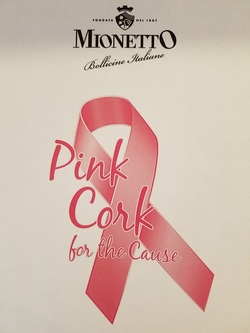 My love for sparkling wine and passion for supporting Breast Cancer Awareness has me singing the praises of “Pink Cork for the Cause”. Mionetto USA is running this program for the second year in a row. Having donated a total of $40,000 last year to charities committed to fighting breast cancer and supporting survivors and their families, Mionetto USA launched “Pink Cork for the Cause” on September 1st. 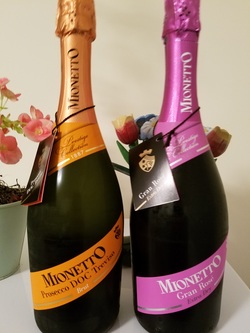 By purchasing Mionetto Prosecco Brut DOC or Mionetto Gran Rosé, you have a chance to win a pink 5-speed hand mixer if you find a pink cork in any of these promotional bottles. All winners will be automatically entered into a Grand Prize Drawing for the chance to win a $10,000 charitable donation by Mionetto USA made to the breast cancer charity of the winner’s choice. There will be a total of four grand prize winners across the US. Enore Ceola, managing director and CEO of Mionetto USA, said “Now in its second year, ‘Pink Cork for the Cause’ represents our long-term commitment to the fight against this disease and to giving back to our family of loyal customers, many of whom are among those affected”. The program has been extended to November 30th, 2016. Bottles with pink corks are still in stores throughout the USA. Francesco Mionetto founded Mionetto winery in 1887. It is located in the village of Valdobbiadene, just north of Venice. The winery has been one of Italy’s foremost producers of Prosecco wines for more than 125 years. Francesco’s brothers joined him in the business, building and establishing the winery’s presence. However, all three brothers were called to serve in WW1, leaving the winery unattended and unfortunately it sustained heavy damage. Francesco’s grandsons, Giovanni and Sergio Mionetto, after taking over the winery in 1961, began rebuilding it. Today, Alessio Del Savio is master vintner who studied as Sergio Mionetto’s protégé for more than 15 years. Alessio continues the winemaking tradition of producing high quality sparkling wine. The Prosecco Brut DOC Treviso is made with Glera grapes and has a pale straw color. The nose is filled with aromas of pear, honey crisp apples and apricot. It is light and crisp on the palate with a dry and pleasingly fruity taste and hints of pear and lemon on the finish. Alcohol: 11% The Mionetto Gran Rosé is made with a blend of grape varieties selected from Veneto and Trentino region. The color is a combination of bright salmon and peach. A pleasing bouquet of fresh fruit, raspberry and pink grapefruit are prominent. The palate offers strawberry, raspberry and hints of succulent peach. Well-balanced acidity with a dry and enjoyable finish. Alcohol: 11.5% http://www.mionetto.com In addition to the “Pink Cork for the Cause” program, another incentive to purchase these sparkling wines is that they pair well with light appetizers, fish and desserts. They also make a great aperitif. With a suggested retail price under $15 and the holidays approaching, these are great sparkling wines to have on hand.
Now go and find a pink cork! Cheers! Penina 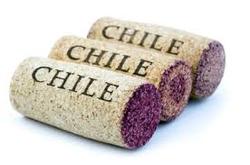 I can’t seem to sample enough Chilean wine. With ideal climate conditions and more Chilean winemakers producing quality-focused wines, plus attention being given to organic and biodynamic agriculture, it’s no surprise that eyes and palates are on Chile! The wines are unique, luscious and many are pocketbook approachable. Check out my past posts on Chile. Don Melchor Cabernet Sauvignon is Chile’s first and most renowned icon wine. It is Concha y Toro’s signature red and it’s outstanding! I recently tasted the 2013 vintage. But before I review this wine, let me give you a little background information. Don Melchor founded Concha y Toro in 1883. With the help of Pierre Labouchere, a French enologist, they introduced to Chile, samples of French rootstock brought back from Bordeaux. A century later, in 1986, Eduardo Guilisasti, who had become Chairman of the Board of Concha y Toro, challenged his team to produce a wine that would put Chile on the map as a serious and “world class player” in fine wine production. So, the winery enologist and Rafael (Guilisasti’s son) flew to Bordeaux with Cabernet Sauvignon samples from their Puente Alto vineyard to confer with the father of modern winemaking, Emile Peynaud. Impressed with the samples, Peynaud and Jacques Boissenot gave advice and assisted in the creation of the final blend in Chile. Their trips became annual and today Jacque’s son Eric continues the yearly trip to Chile working with Enrique Tirado, winemaker for Don Melchor since 1995. Don Melchor Cabernet Sauvignon’s debut vintage was in 1987. 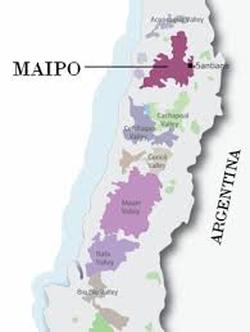 Don Melchor established the Puente Alto vineyard in 1890 with the vines he imported from France. Puente Alto vineyard is located in the sub-region of Maipo Valley which is considered Chile’s “Cabernet Sauvignon heartland”. The vineyard sits on the north bank of the Maipo River and at the foot of the Andes Mountains. The Puente Alto vineyard is home to Don Melchor (314 acres) and Almaviva, (210 acres) a joint venture with Château Mouton Rothschild. The vineyard is akin to a “quilt” grouped into seven blocks (6 Cabernet Sauvignon, 1 Cabernet Franc) with 142 parcels. With each parcel offering unique expression that changes from year to year, the key traits of fresh fruit, fine tannins and finnesse transcend through the vintages. Winemaker Enrique Tirado adds, “Don Melchor is not a single Cabernet Sauvignon, but multiple expressions, and that making this multi-Cabernet blend is a challenge.” Tirado selects fruit from 50 to 60 parcels out of the 142 for each vintage of Don Melcher. The rest of the fruit goes into making Concha y Toro Marques de Casa Concha Cabernet Sauvignon which I will taste and review in the next week or so! Don Melchor Cabernet Sauvignon arrived wrapped in tissue paper, inviting and festive. This 2013 vintage is a beautiful blend of 91% Cabernet Sauvignon and 9% Cabernet Franc. The wine is aged in 100% French oak for fifteen months. The color is royal ruby with intoxicating aromas of lush red fruits, plum, black cherry and spice. This is a full-bodied wine with plenty of character. The palate is a convergence of red fruit, dark currents, spice and hints of stone with soft tannins. The finish is silky and long with lingering cherry notes. This is a wine that has an aging potential of 20 to 25 years. Alcohol: 14.5% Price: $125 http://www.conchaytoro.com I’m looking forward to sharing the rest of this bottle with friends this evening!
Cheers! Penina There are many eye catching and whimsical wine labels that make one want to reach for the bottle regardless of style or origin of wine. I must admit that I have on very rare occasions bought a bottle just for the label! What can I say about these particular labels and wines? A lot! When I opened the shipping box delivered to me by the importers, I immediately thought that this was going to be a fun review! 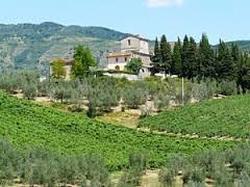 Paolo Masi, who is a third-generation winemaker at Renzo Masi winery, makes both of these wines. Fattoria di Basciano is the estate owned by the Masi family since the start of the 1900s. Located in the south of Florence, in Tuscany’s Rufina district, the estate sits on a hill overlooking the Argomenna Valley on one side and the right bank of the Sieve river on the other. The Renzo Masi winery produces a broad spectrum of wines from entry-level to fine and is considered one of the best areas for Sangiovese grapes after the “Classico” region. Renzo Masi’s motto is “Big enough to be broad-minded. Small enough to care about the details”. Affectionately called “Rubio and “Blanca”, Il Bastardo Sangiovese di Toscana IGT 2015 and La Bastarda Pinot Grigio di Siciliana 2015 tell their own story the minute the wine is opened. La Bastarda is 100% Pinot Grigio from Sicily. Grapes are picked before they lose their natural acidity and become too sweet. The color is a soft golden yellow with fruity aromas including citrus and honey. The palate is crisp with inviting notes of mild citrus, pear and apple. This is not your typical Pinot Grigio, exhibiting more character and structure than most I’ve tasted. One can only imagine what “Blanca” must be thinking as she poses with not a care in the world while sipping wine! Alcohol: 12.5% Price: About $9 Il Bastardo is 100% Sangiovese mostly picked from Tuscany’s Rufina district. The color is dark ruby with hints of purple. The nose offers dark berry and ripe cherry that segue onto the palate. Fennel, a hint of pepper and soft to medium tannins give this medium-bodied wine a smooth finish. So where is “Rubio” going on his motorbike? Is he off to find “Blanca” or is he running away with this delicious wine? Alcohol: 13% Price: About $9 Both wines are well priced and sold throughout the US. And in addition to being a conversation piece, the wines will complement a variety of dishes. Have some fun and enjoy the adventures of “Rubio” and “Blanca”!
Cheers! Penina 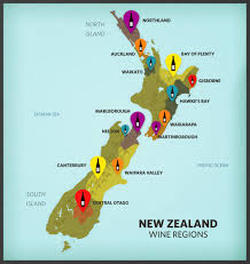 In my last post, I visited the Marlborough region of New Zealand. If you haven’t already read the post, please check it out for some background information about the terroir and wines. http://thewineknitter.com/1/post/2016/10/day-529.html Before I leave New Zealand for other parts of the world, there are two more wines that I’d like to share with you. Crowded House is part of Catalina Sounds and is located in the Marlborough region. The name Crowded House is derived from “the crowded, yet unique Marlborough region and our mission to stand out from this crowded world of wine.” Peter Jackson is the wine maker for both labels. 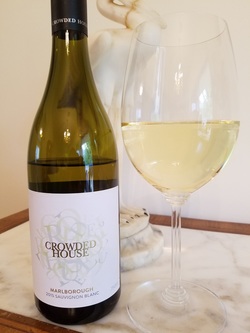 The Crowded House Sauvignon blanc 2015 is a fresh and zesty wine. The color is pale straw with aromas of tropical fruit, pineapple, citrus and hints of floral. The palate offers concentrated flavors of tropical fruit, soft citrus, pear and lemon zest on a long finish. The wine is beautifully balanced and would pair well with most seafood, salads, and light pastas or as an aperitif. Alcohol: 13% SRP: $12.95 http://www.crowded-house.co.nz  Nanny Goat Vineyard is located in Central Otago which is the most southerly wine region in the world. The vineyard is named after the wild goats that roam the mountainous terrain of the Central Otago. 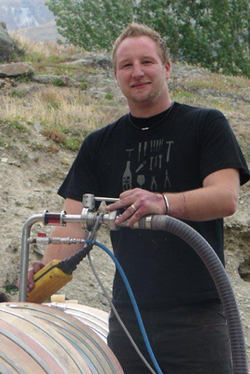 Alan Peters-Oswald Photo courtesy of Nanny Goat Alan Peters-Oswald Photo courtesy of Nanny Goat The extremely hot summers, very cold winters, rocky soils and poor fertility, make for challenging conditions in producing “world-class cool climate wines”. However, winemaker, Alan Peters-Oswald who grew up in rural Central Otago farming Angora goats, now produces premium Pinot Noir, Chardonnay and Syrah after getting his Diploma in Viticulture and Wine Production in Marlborough. 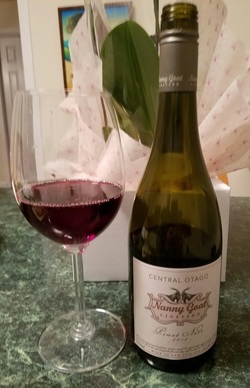 The Nanny Goat Vineyard Pinot Noir 2015 reflects the terrior and story of this vineyard. The color of the wine is dark cherry with berries, plum and spice on the nose. The palate is rich with layers of cherry, plum, blackberry, raspberry and violet. Soft tannins and a silky mouth-feel lead to a lengthy finish with hints of pepper and oak. This medium-bodied wine paired nicely with the Dijon crusted salmon and vegetable couscous. It would also complement stews, hearty soups and meat entrees. Alcohol: 14% SRP $23 http://nannygoatvineyard.co.nz The wines are priced well and would be a nice addition the holiday table.
Have a great Thursday! Cheers! Penina Having recently received a delightful lineup of wines from New Zealand, I thought it would be fun to “fly” over there and check out the wine scene. 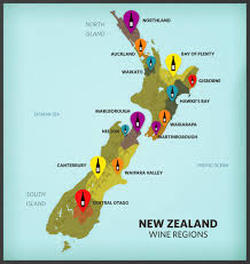 New Zealand is an island nation comprised of two islands (North and South) in the southwestern Pacific Ocean that extends 1000 miles with eleven wine regions ranging from sub-tropical Northland to the world’s most southerly grape growing region Central Otago. Vineyards profit from the maritime climate with long hours of sun and cool nights. In fact, no vineyard is further than 80 miles from the ocean. According to stats from WineInstitute.Org, for the year 2014, New Zealand produced about 1.13% of the world’s wine and ranked #15, with France, Italy and Spain leading the pack. Although New Zealand wine production might be low, an impressive collection of varieties and styles are making their presence known. New Zealand has been making wine since the 1800s, with the oldest existing vineyard being established in 1851 by French Roman Catholic missionaries at Mission Estate in Hawke’s Bay. There are many grape varieties found throughout the wine regions such as Sauvignon Blanc, Chardonnay, Pinot Gris, Riesling, Gewurztraminer, Pinot Noir, Cabernet Sauvignon, Merlot and Syrah. Catalina Sounds is a small estate located in the Marlborough region, which is the largest wine region in the country. Marlborough region occupies the northeastern corner of the South Island. Eighty percent of New Zealand’s Sauvignon blanc is grown in Marlborough, followed closely by Pinot Noir and Chardonnay. Many critics believe that Marlborough produces some of the world’s best Sauvignon blanc. 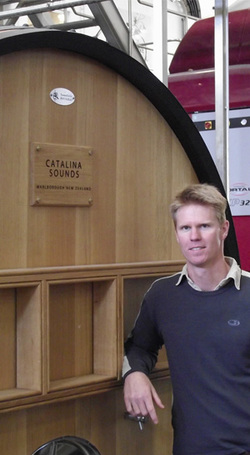 Peter Jackson Photo courtesy of Catalina Sounds Peter Jackson Photo courtesy of Catalina Sounds Peter Jackson is Catalina Sound’s wine maker and his philosophy is simple: “Source outstanding fruit from exceptional vineyard sites. I believe the most critical decision a winemaker makes is deciding when to pick. Once harvested, my role is to simply steer the fruit in the right direction in order to best express the vibrant fruit flavors that Marlborough is renowned for while respecting the subtle differences of each site”. Catalina Sounds 2015 Sauvignon Blanc is primarily sourced from Catalina’s “Sound of White” vineyard situated in Waihopai Valley. This is a beautiful and very friendly wine! The color is pale straw with enticing aromas of tropical fruit, peach, citrus and herbs. The palate offers layers of stone fruit, citrus, apple and floral notes. Nicely balanced with “juicy” acidity, the finish is dry and long. This wine would pair well with a variety of appetizers, light fish, cheese & fruit or on it’s own! Alcohol: 13% SRP: $16 Catalina Sounds 2015 Pinot Noir is sourced from Sound of White vineyard in Waihopai Valley and the Clayridge vineyard in Omaka Valley. Dark ruby in color, delicious aromas of sweet and sour cherry, earth and spice greet the senses. The palate is a lovely blend of berries, cherry, plum, spice and hints of oak followed by a long finish of lingering herbs and spice. Medium-bodied with a silky mouth-feel and soft tannins, this is an ideal wine for meat, poultry and hearty stews. It completed the Pumpkin Red Lentil Chili I made the other evening. The wine soothed the fire on my palate while adding another great taste sensation! Alcohol: 13% SRP: $19 My next post will be about Crowded House and Nanny Goat Vineyards. See you in New Zealand again soon!
Cheers! Penina  Best laid plans often go awry. Without going into detail, I missed my train to the Wines of Portugal event yesterday. However, I have lots of information about these delicious wines from my attendance at the event last year. If you haven’t already read them, here are the links to previous posts about wines of Portugal. http://thewineknitter.com/1/post/2015/10/day-360-wines-of-portugal.html http://thewineknitter.com/1/post/2015/10/day-361-more-wines-of-portugal.html http://thewineknitter.com/1/post/2015/10/day-371.html  So, instead of spending an afternoon in Portugal, I ended up in France! Lunching with a good friend in a cozy and authentic French bistro was the cure-all for a rainy day. We leisurely sipped on Philippe Prié ‘Depuis 1737’ Brut Tradition Champagne while catching up on life. Maison Philippe Prié is located in the heart of the Côte des Bar in the south of the Champagne region. They have been producing wines since 1737. All of their vintages are a blend of Chardonnay (giving it elegance and grace) and Pinot Noir (adding impressive structure). The 30 year-old vines are grown in clay and limestone soils. This particular blend is 80% Pinot Noir and 20% Chardonnay. This is a light but beautifully textured champagne. Invitingly aromatic with fine bubbles, the palate is entertained with tart apples, citrus, peaches, floral and a hint of honeysuckle on the finish. It is crisp and clean with a creamy mouth-feel. I am definitely adding this to my holiday list! Happy Friday!
Cheers! Penina  With the much-needed rain pouring down, it’s a perfect time to catch up on writing and sample a few wines. Let’s travel to Italy. Astoria Wines is located 50 miles north of Venice in one of the most beautiful wine-growing regions, the Veneto. This northeastern region of Italy stretches from the Dolomite Mountains to the Adriatic Sea. The Alps and the sea protect the region from harsh northern winds which in turn provide ideal conditions for growing grapes and producing wine. Astoria Wines is owned by the Polegato family and represents four generations of winemaking. The first winery, Vinicola Polegato, was established in the 1950s. Several decades later, Vittorino Polegato found an ideal location in the heart of the DOCG area to launch the next stage of the family business, the Val De Brun estate in Refrontolo. In 1987 Vittorino renovated an old 18th century home and converted it into Astoria’s headquarters. Giorgio and Paolo Polegato, (Vittorino’s sons) along with the next generation of Polegatos, led by Filippo, Carlotta and Giorgia, uphold the family name and winemaking tradition. Although Astoria Wines is noted for being the largest private producer of Prosecco DOCG in Italy, their portfolio includes Pinot Grigio, Moscatos (both red and white), Pinot Noir and a Red Blend. 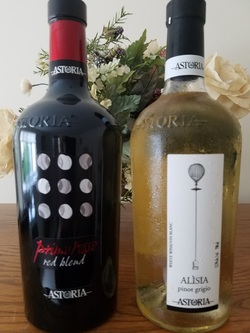 The first thing I noticed when unpacking the wines was the unusual shape of the bottles. The packaging is eye-catching and original. The 2014 Alisia Pinot Grigio I.G.T is light yellow in color with intriguing aromas of fruit, floral and stone fruit. This 100% Pinot Grigio surprises the palate with fruit, peach and lemon. It is medium-bodied and dry but still fruity and nicely balanced. The long lemon zest finish is a treat! This wine would pair well with pasta, cheese & fruit, grilled vegetables and light fish. Alcohol: 12.5% SRP: $11 The 2012 Primo Rosso Red Blend I.G.T is made with 50% Cabernet Sauvignon, 30% Pinot Noir and 20% Merlot. The color is dark ruby. It is quite aromatic with berries, herbs and spice tickling the nose. The palate offers red berries, fennel, pepper and hints of plum. The finish has hints of cocoa and dark cherry. Medium-bodied with soft tannins make this an easy wine to pair with most foods. Alcohol: 13% SRP: $11 The wines are priced well and would make great little gifts to give out at holiday time. Keep a few bottles around for that spur of the moment party as well!
Next stop might be New Zealand. Stay tuned! Happy Friday! Cheers! Penina It was a beautiful day in NYC yesterday. The temps hovered around 80 degrees and everyone was enjoying a day of summer in the middle of October! 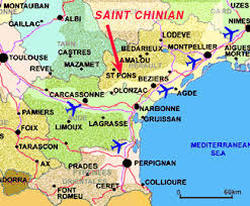 I attended the Saint-Chinian walk-around wine tasting held at the Maison de la Région Occitanie. The event featured The Languedoc: Saint-Chinion wines represented by thirteen wine producers. I tasted some amazing wines which I will elaborate on over the weekend. I will also talk about the appellation, the vines and some of the producers. When I arrived home last evening, I reached for the Château Gassier Ormilles Côtes de Provence Rosé 2015 that was chilling in my refrigerator. With the warm weather and the taste of Saint-Chinian still on my palate, it was a perfect time to pop the cork! Although Provence is several hours away heading east, I was still in France! I reviewed this wine back in June. You can read the review at: http://thewineknitter.com/1/post/2016/07/day-484.html Have a great Tuesday!
Cheers! Penina 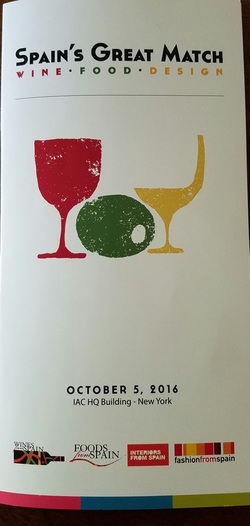 It was a beautiful day for touring the wine regions of Spain at Spain’s Great Match Wine Food Design event. There were more than 300 wines to taste from seven wine regions and culinary treats to savor from New York’s top Spanish restaurants. There were thirty-five featured denominations of origin represented in addition to several wine seminars being offered. It was a whirlwind event and I learned a lot. Spain is no stranger to wine making with a history dating back at least three thousand years. The Phoenicians planted grapes around 1100 BC in what is known today as the Sherry region. Wine commerce ended with the arrival of the Islamic Moors in 711 AD and did not commence again until the Moors were defeated in 1492. Jumping ahead to the present, according to the International Organization of Vine and Wine, as of 2015, Spain ranks 3rd in wine production, with Italy and France taking the lead. An interesting fact: Spain has more land devoted to vineyards than any other European country. Over 400 varieties of grape are planted throughout Spain. Here is a very small list of principle indigenous grapes. Tempranillo is Spain’s most famous and noble red grape. Garnacha, Mencía, Monastrell and Cariñena are just a few of Spain’s other noted red grapes. Albariño, Verdejo, Godello, Palomino, Malvasía Moscatel and Xarel.Lo are among some of Spain’s well-known white grapes. In future posts, I’ll be talking about Cava Sparkling Wine, Spain’s answer to Champagne and Sherry, a fortified wine that originated in Spain. In the meantime, I have put together a mini slide show to give you a "taste" of the event, because sometimes a picture is worth a thousand words! And yes, the wines were delicious and memorable! Just click on the photo to pause, forward or reverse. Have a great weekend!
Cheers! Penina |
Categories
All
|
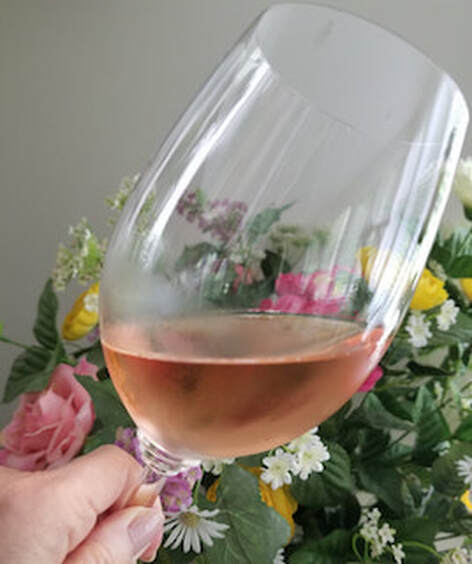
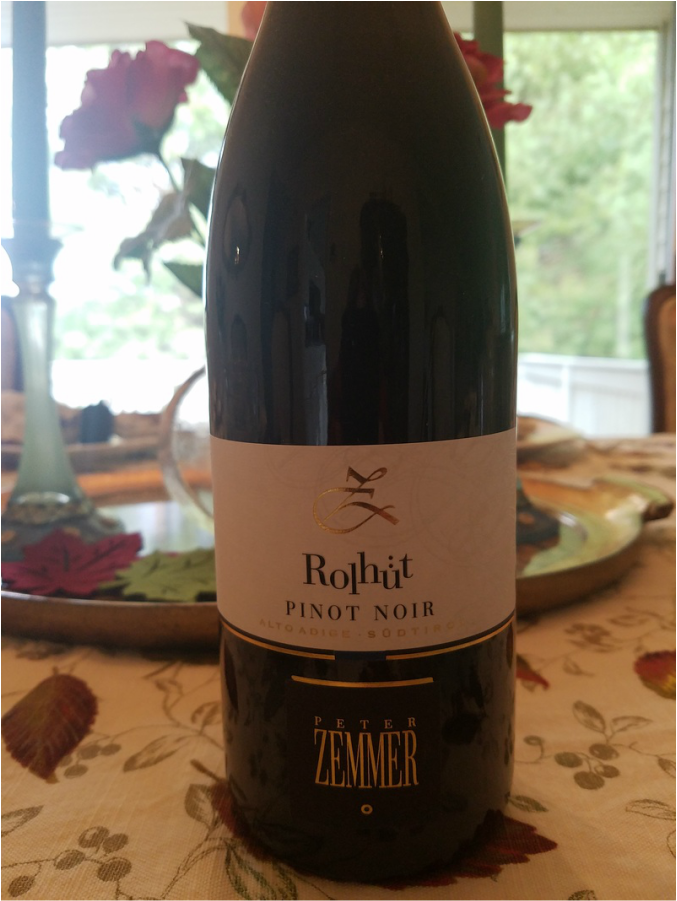

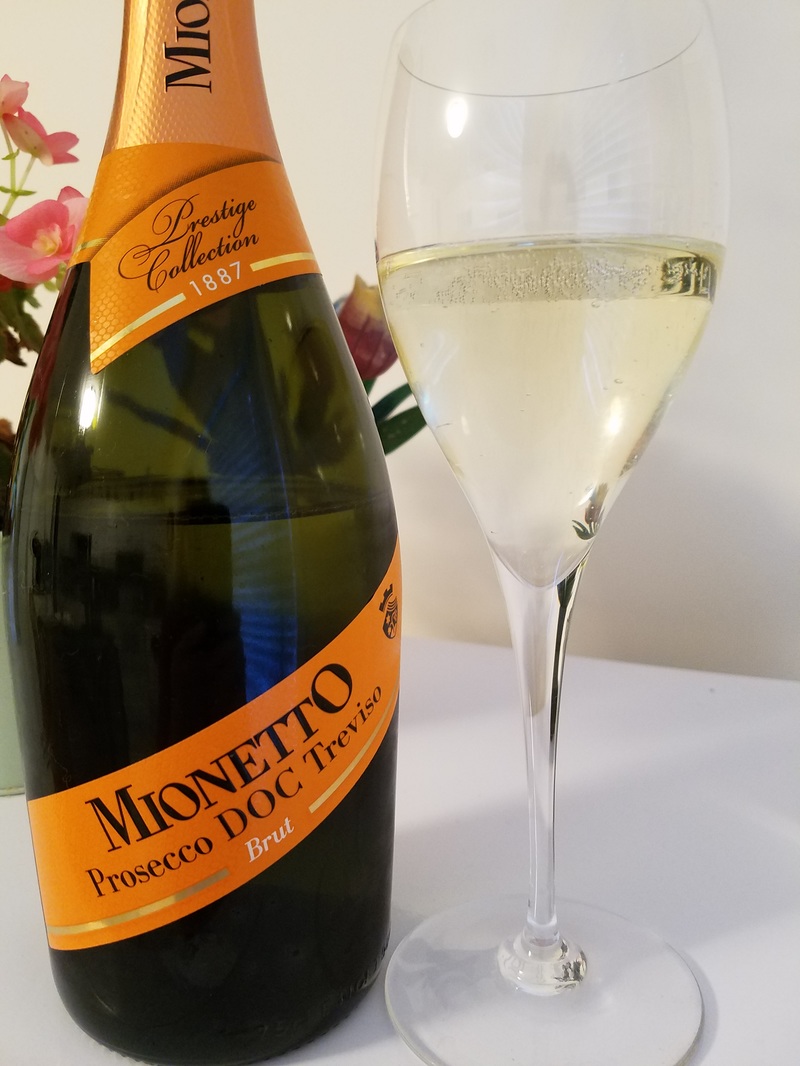
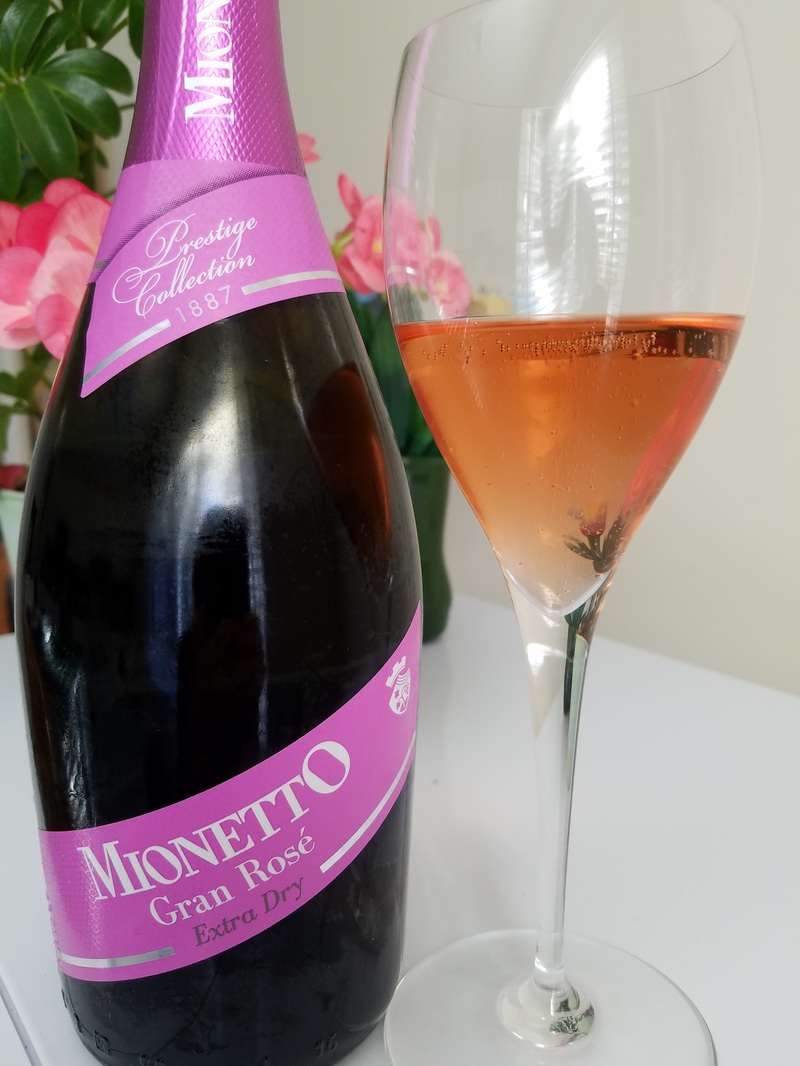
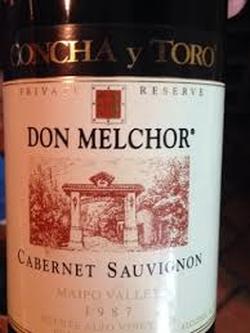

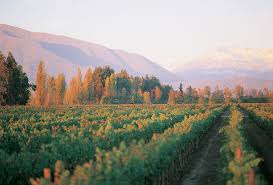
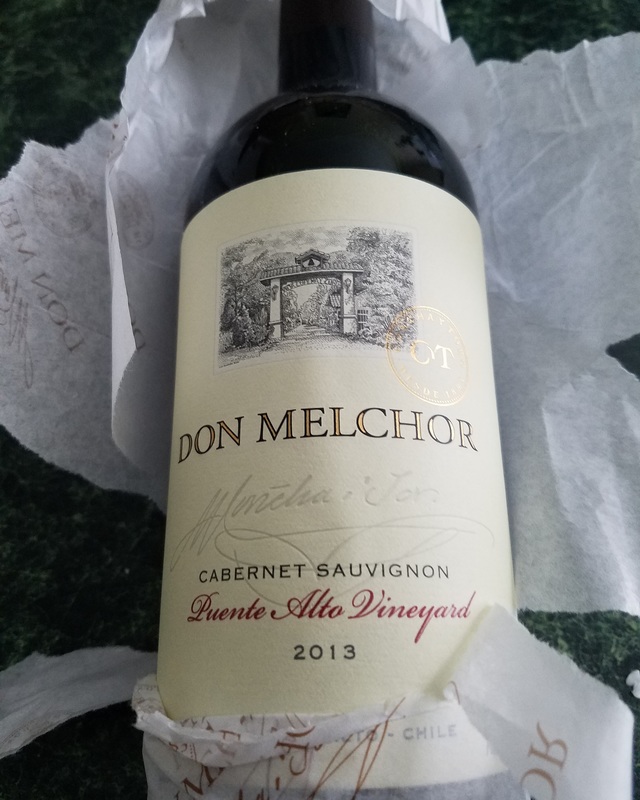
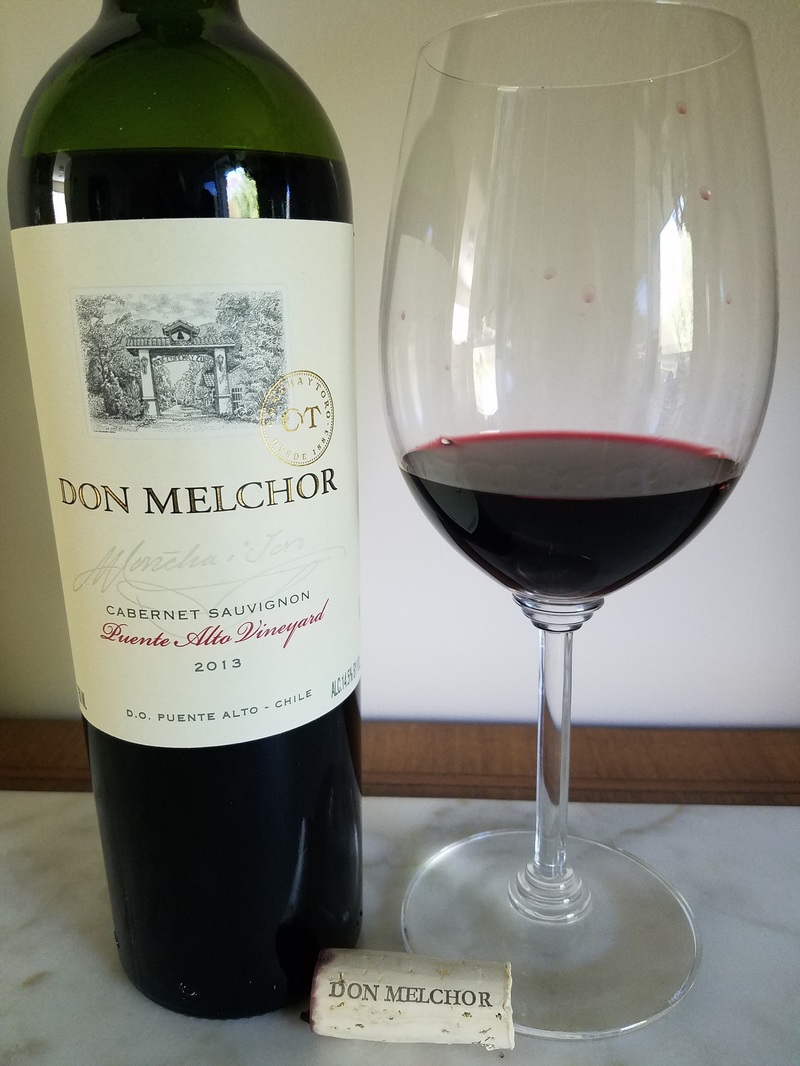
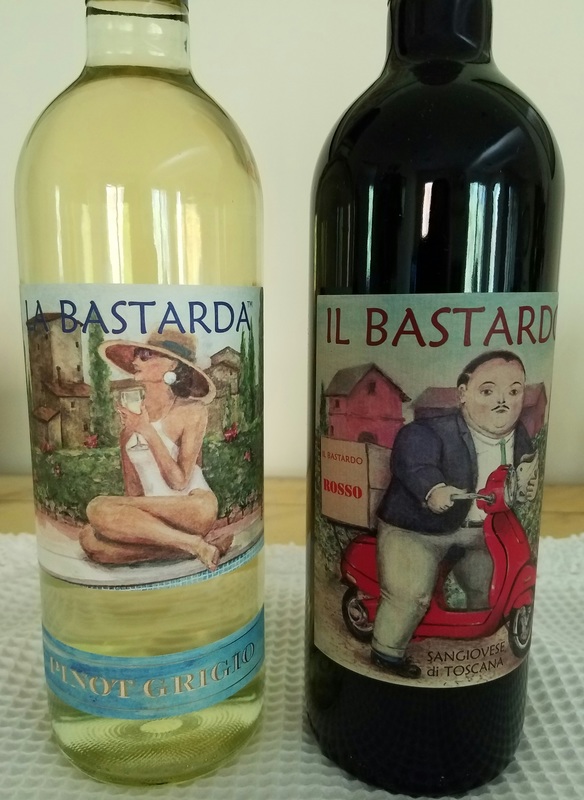
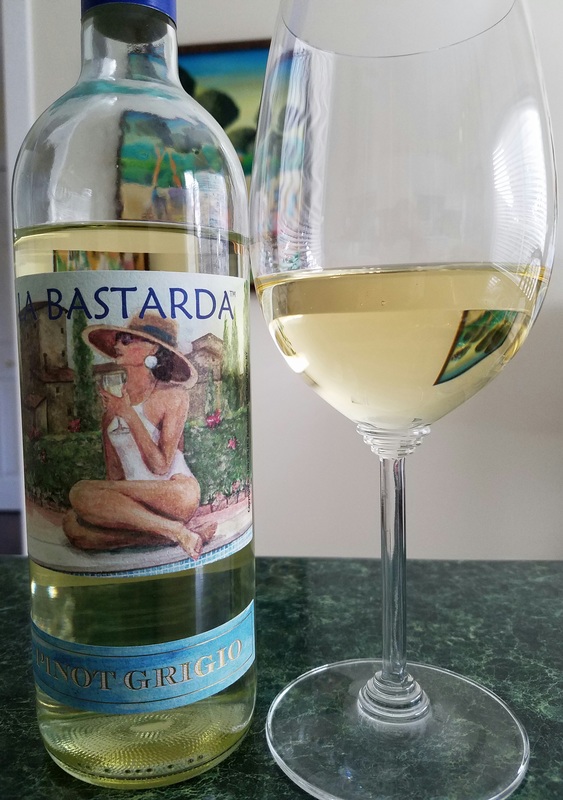
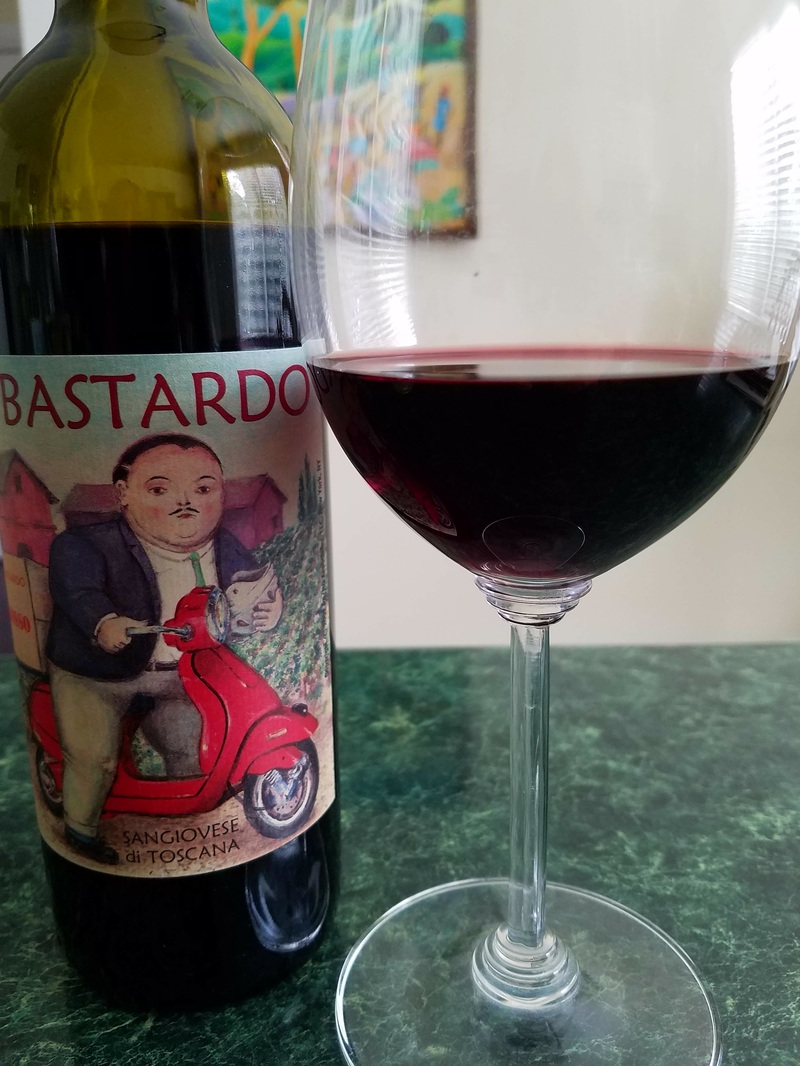
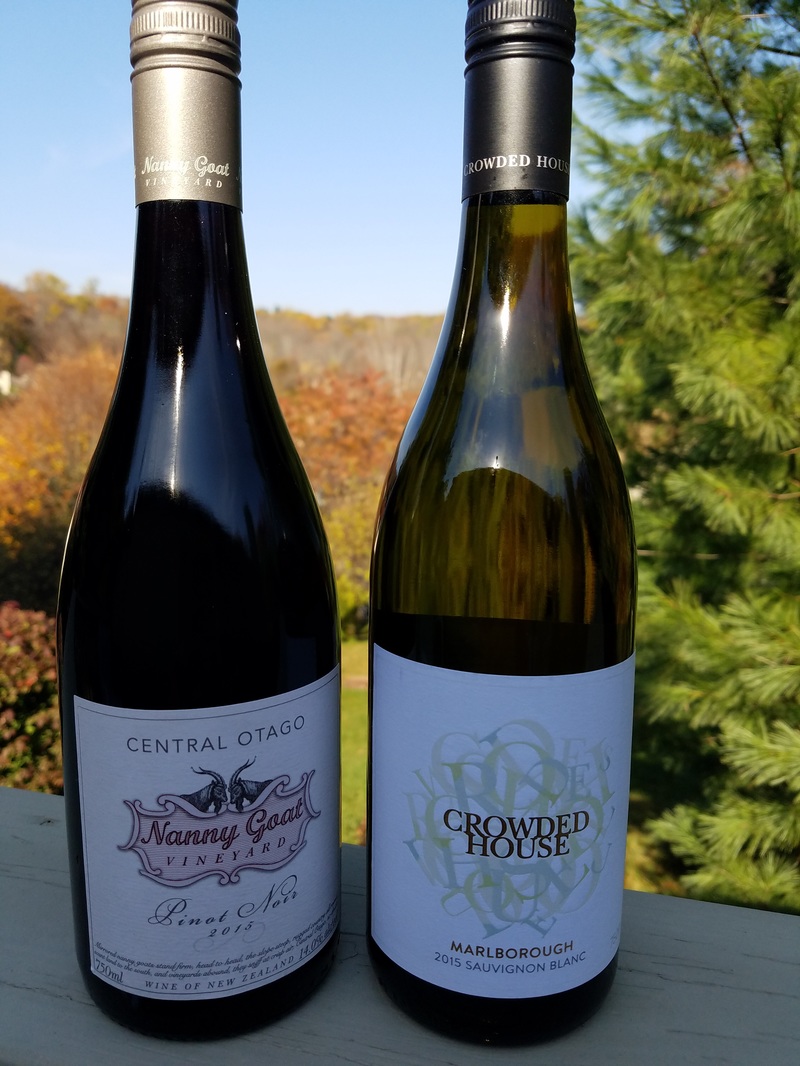

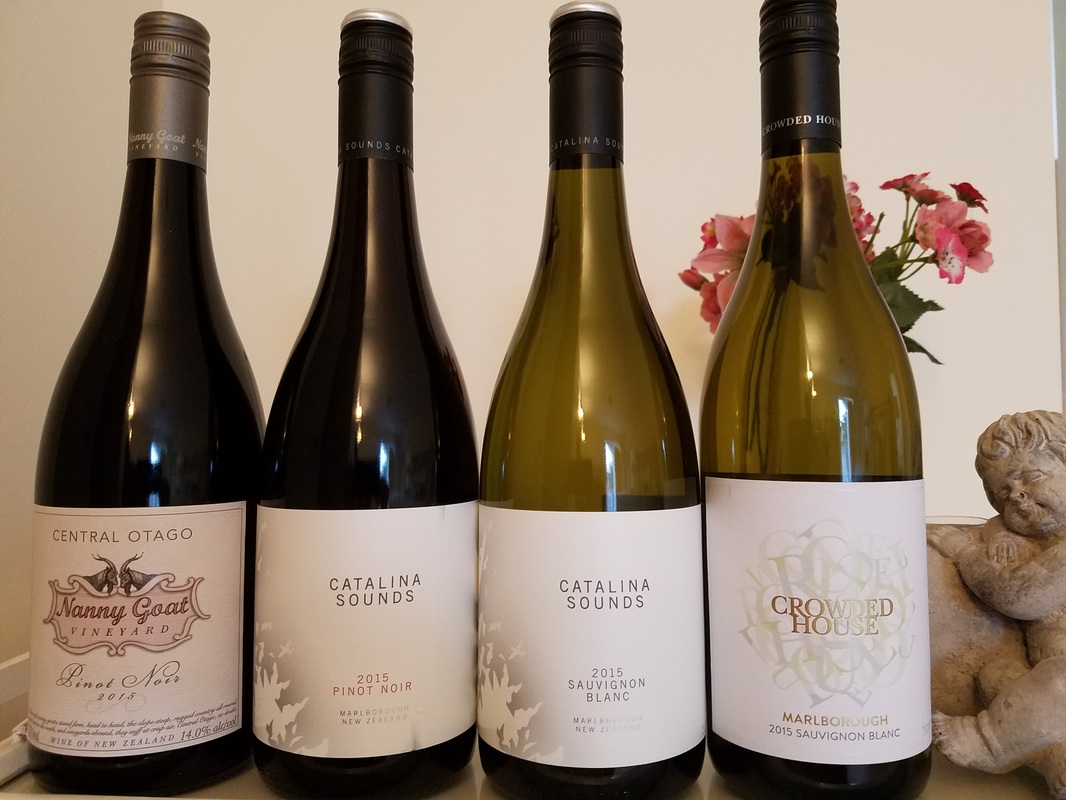
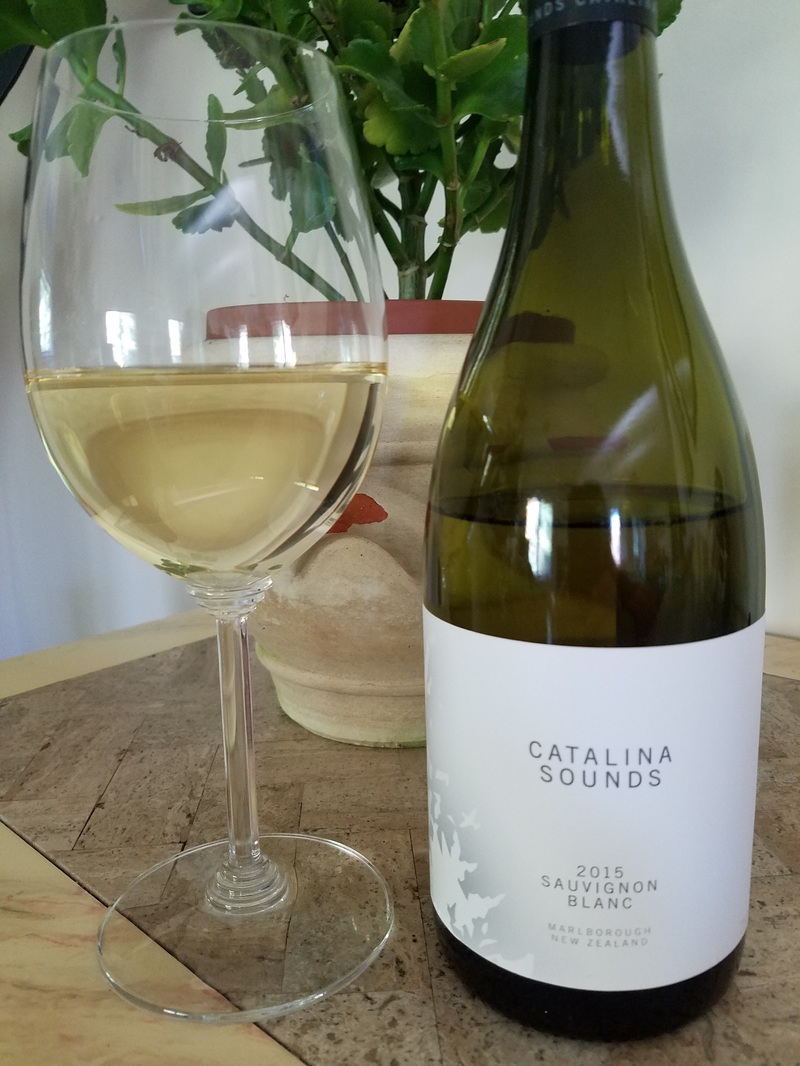
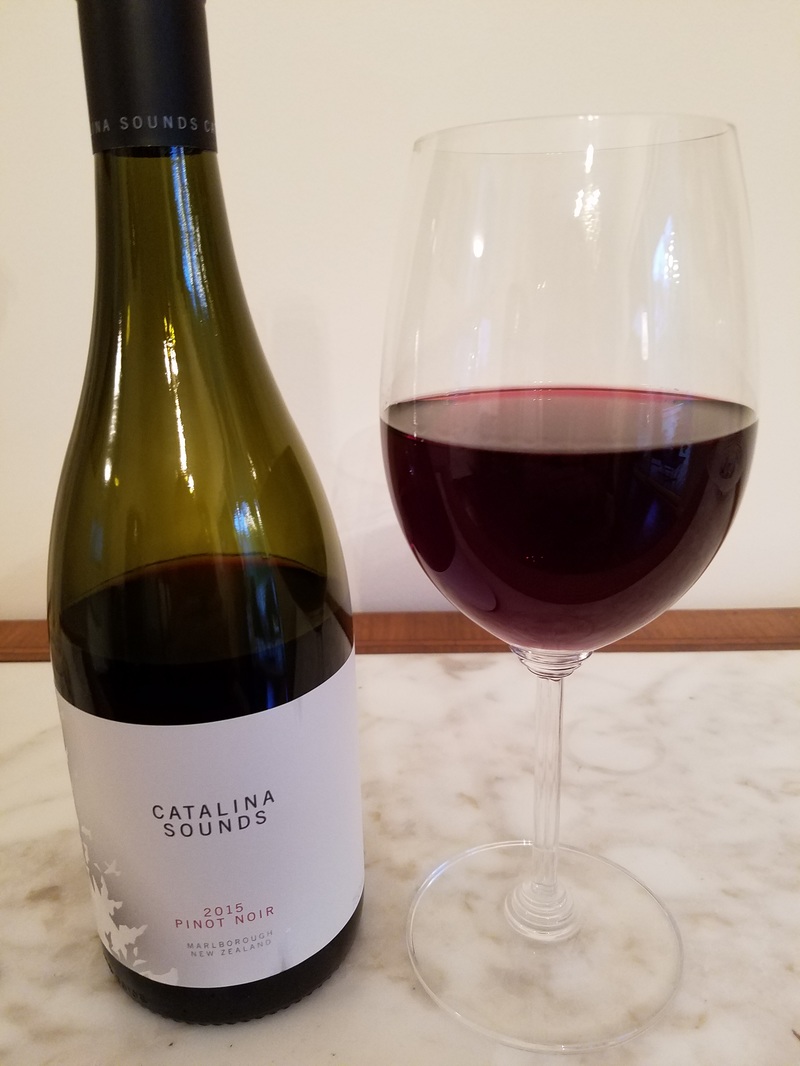
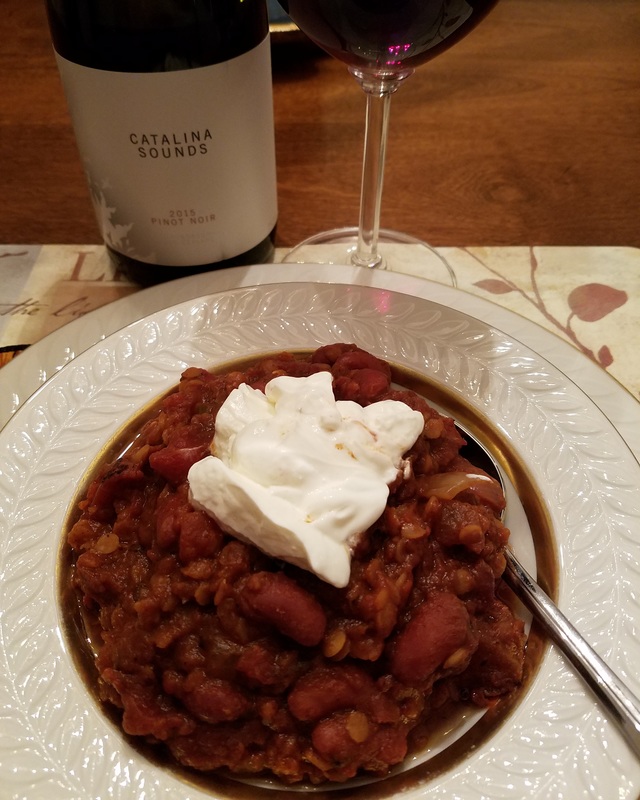
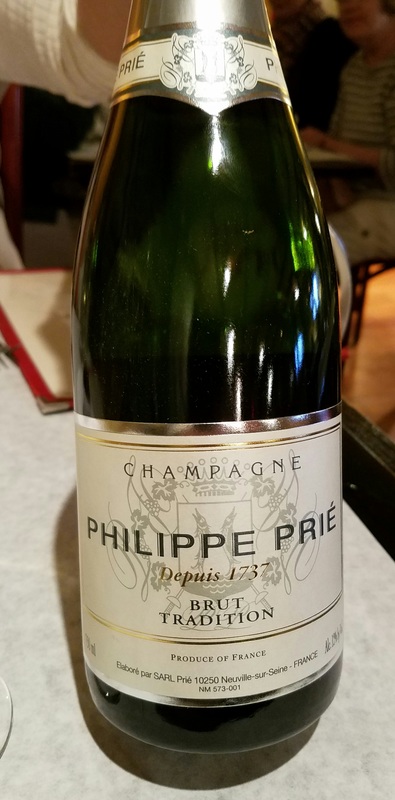
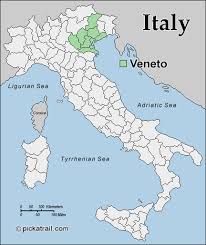
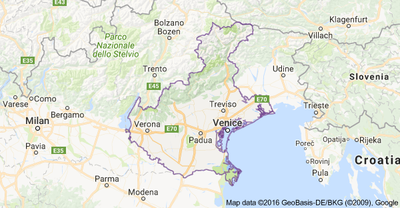
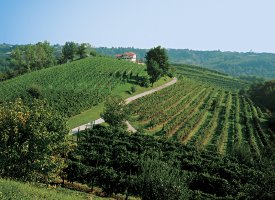
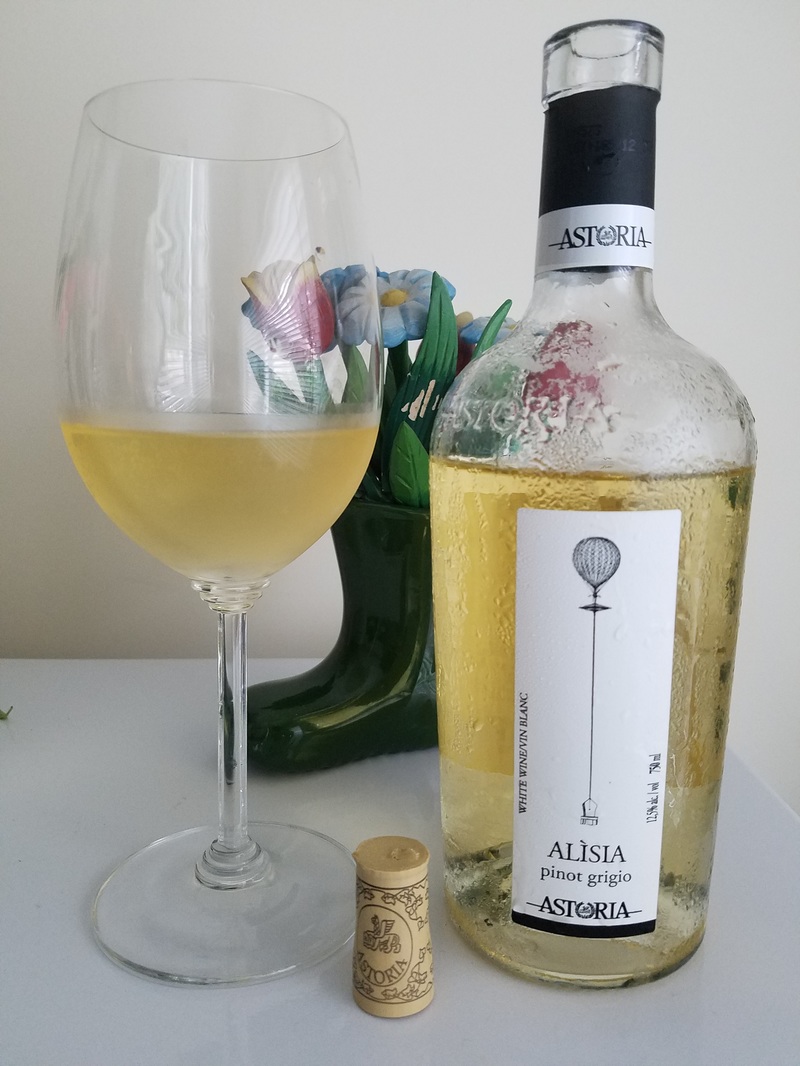
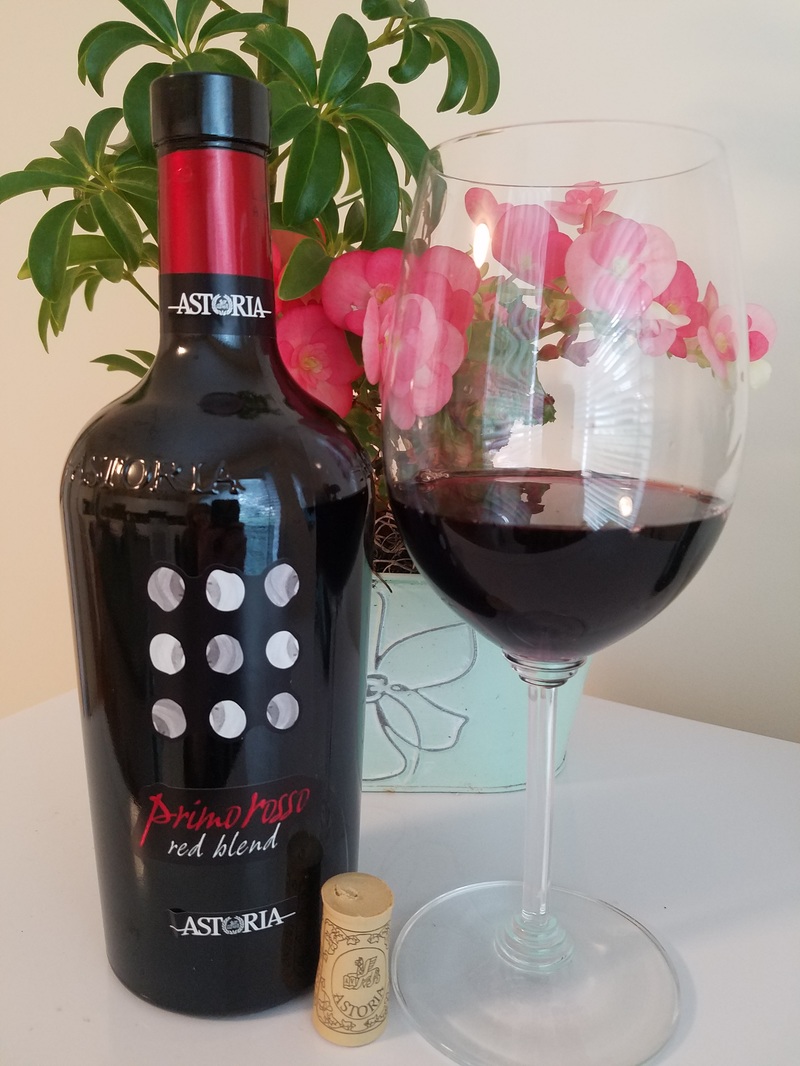
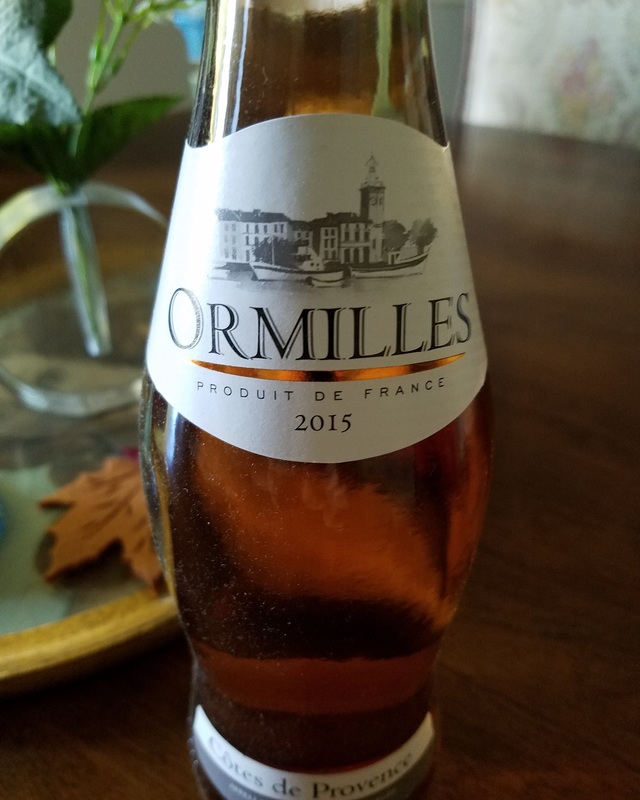
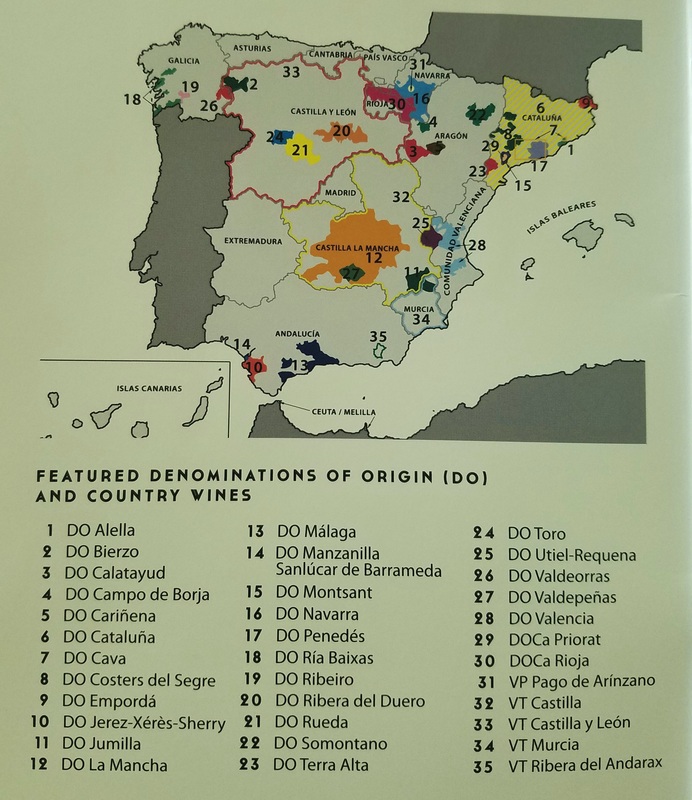
 RSS Feed
RSS Feed